Post World War II
After World War II, commercial aviation grew rapidly, using mostly ex-military aircraft to transport people and cargo. This growth was accelerated by the glut of heavy and super-heavy bomber airframes like the B-29 and Lancaster that could be converted into commercial aircraft. The DC-3 also made for easier and longer commercial flights. The first commercial jet airliner to fly was the British de Havilland Comet. By 1952, the British state airline BOAC had introduced the Comet into scheduled service, then other jetliner designs took to the skies.
Military aircraft became faster and more complex as the jet age arrived. In October 1947 Chuck Yeager took the rocket-powered Bell X-1 through the sound barrier. Further barriers of distance fell in 1948 and 1952 with the first jet crossing of the Atlantic and the first nonstop flight to Australia.
Showing all 12 results
-
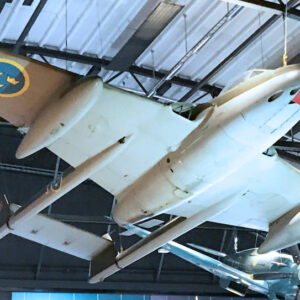
de Havilland DH-100 Vampire (Swedish version)
$7.95 -
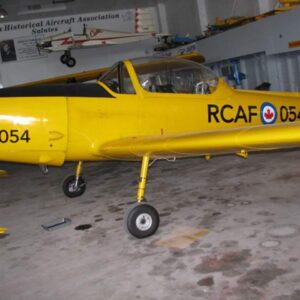
de Havilland Canada RCAF DHC-1B Chipmunk
$7.95 -
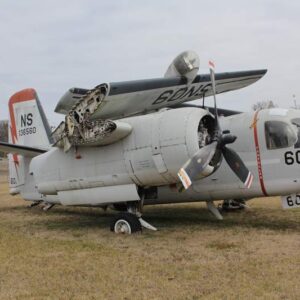
Grumman S-2 Tracker
$7.95 -
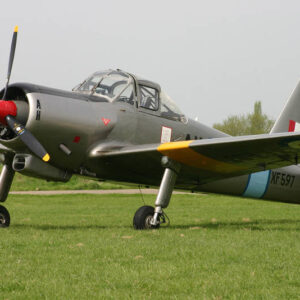
Percival Provost XF597
$7.95 -
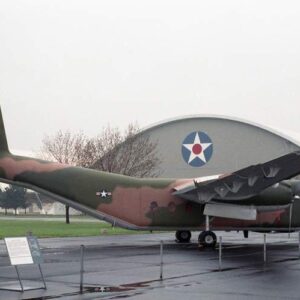
De Havilland C7-A “Caribou”
$7.95 -
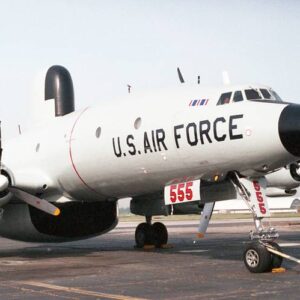
Lockheed EC-121D “Warning Star”
$6.95 -
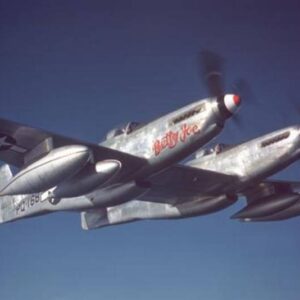
North American P-82B Twin Mustang – PQ-168
$6.95 -
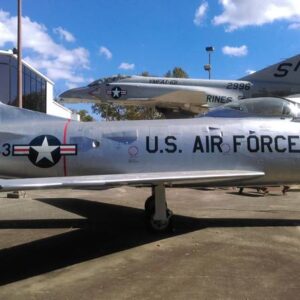
North American F-86D “Sabre”
$6.95 -
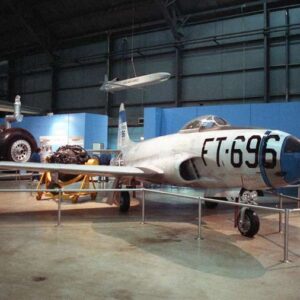
Lockheed P-80 “Shooting Star”
$6.95 -
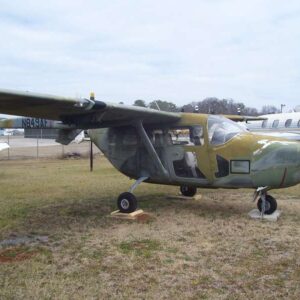
Cessna O-2 Skymaster – N849AF
$7.95 -
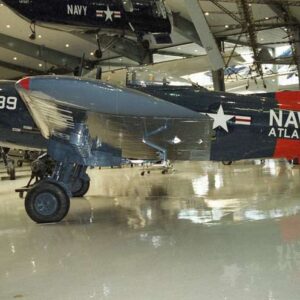
Martin AM-1 Mauler – BuNo 51-22397
$6.95 -
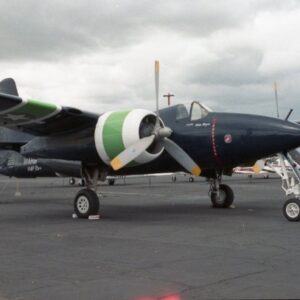
Grumman F7F-3 “Tigercat” Walk-Around
$6.95

